Building shelves on A wall is not just A practical way to create extra storage space. It’s A rewarding DIY project that can enhance the aesthetics of any room. Whether you’re A seasoned DIYer or A beginner looking to tackle your first project, Learning how to build shelves on A wall offers numerous benefits. From customizing the design to fit your space perfectly to choosing materials that complement your decor, The customization possibilities are endless. This guide will provide you with A comprehensive step-by-step process, Ensuring your shelves are not only stylish but also sturdy And functional. By the end of this article, You’ll understand why taking the time to build your shelves is an important And fulfilling endeavor.
Why Building Your Shelves Is Rewarding?
Building your shelves is rewarding because it offers A sense of accomplishment And personalization. When you take on A project like this, You’re not just adding functional storage space. You’re also putting A piece of yourself into your home. Measuring, Cutting, And assembling the racks allows you to tailor every aspect to your needs And taste. Whether choosing the perfect material or deciding on the finish that complements your decor, Each decision makes the racks uniquely yours. This customization ensures that your new shelves fit perfectly with your existing interior design And serve the specific purpose you have in mind.
Moreover, The DIY aspect of building shelves can be incredibly satisfying. There’s A tangible result at the end of your efforts—A product of your hard work And planning. This saves you money compared to purchasing pre-made racks And gives you A story to tell And A greater appreciation for the space you’ve enhanced. The skills you acquire during the process can serve you in future projects, And the confidence boost from completing A DIY task is invaluable.
Essential Tools For Shelf-Building
- Tape Measure
- Level
- Drill
- Drill Bits
- Stud Finder
- Screws And Anchors
- Saw
- Sandpaper Or A Sander
- Pencil
- Safety Gear
- Brackets
- Carpenter’s Square
- Leveling Tool
- Paint Or Stain
- Paintbrushes Or Rollers
Here Are Step-By-Step Guides On How To Build Shelves On A Wall
Plan Your Project
Starting with A clear plan is the cornerstone of any successful DIY shelf-building project. By planning, You ensure that every step is thought out, Preventing common mistakes And saving time And resources. Begin by considering the scope of your project: What is your budget? What tools And materials will you need? Setting clear objectives at this stage helps streamline the process, Ensuring you don’t overlook crucial aspects such as material selection or tool requirements. Planning also allows you to schedule your project, Break it down into manageable steps, And set realistic timelines. This preparatory step mitigates the risk of mid-project hiccups, Ensuring A smoother building experience.
Choose The Right Type Of Shelves
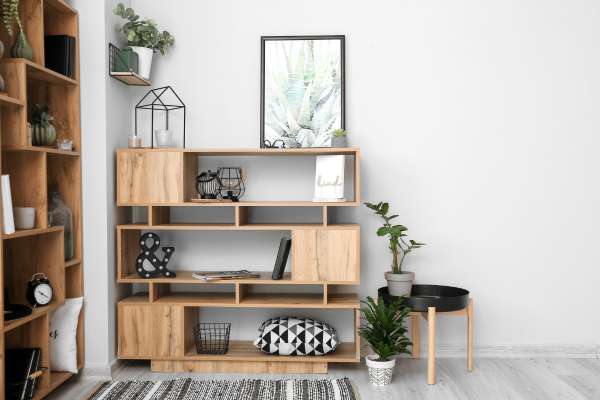
Choosing the right type of shelves is pivotal in aligning your project with your space’s aesthetic And functional needs. Whether you opt for floating racks, Bracket shelves, Or freestanding units, Each type offers distinct advantages And suits different purposes And spaces. Floating racks, For example, Provide A clean, Modern look And are excellent for displaying decorative items. Bracket shelves, On the other hand, Are known for their strength And versatility, Suitable for holding heavier items. Freestanding units can be moved And adjusted, Offering flexibility in layout And function. Consider the items you plan to store, As this will influence the material And design of the racks.
Determine The Purpose
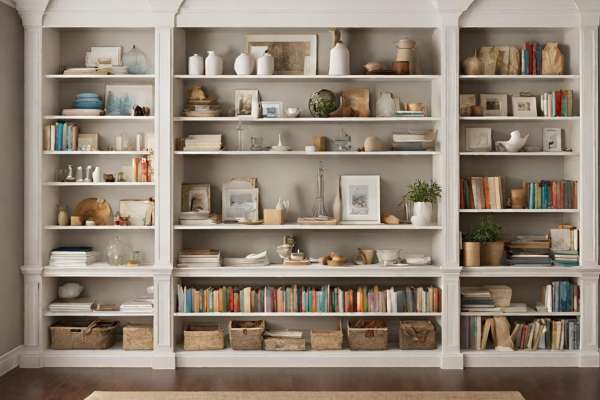
Understanding the primary function of your shelves is crucial in tailoring their design, Material, And placement to your needs. Whether they’re meant to hold A collection of books, Display cherished mementos, Or organize kitchen supplies, The purpose significantly influences the shelf’s dimensions, Durability, And style. For instance, Heavy items require sturdy materials And secure installation, While decorative racks might focus more on form than function. Determining the purpose also helps in deciding the number of shelves, Their spacing, And the overall design, Ensuring that the result is both practical And visually pleasing. It allows you to anticipate And plan for specific considerations such as weight capacity And accessibility.
Measure Your Space
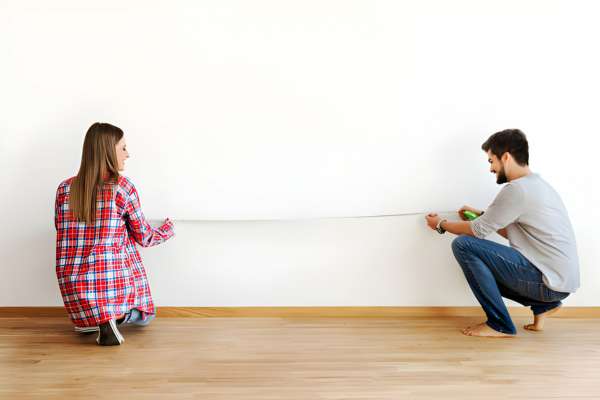
This step is about more than just the length And width of the shelves. It involves considering the placement relative to other elements in the room, Like windows, Doors, And furniture. Proper measurement helps in avoiding overcrowding or underutilization of available space, Ensuring that the racks are proportionate And aesthetically balanced. It also prevents practical issues that can arise from incorrect sizing, Such as inadequate clearance for doors or awkward access to items stored on the shelves. Taking precise measurements is the foundation for customizing your shelving to the room, Allowing for A seamless integration of functionality And style.
Select Design
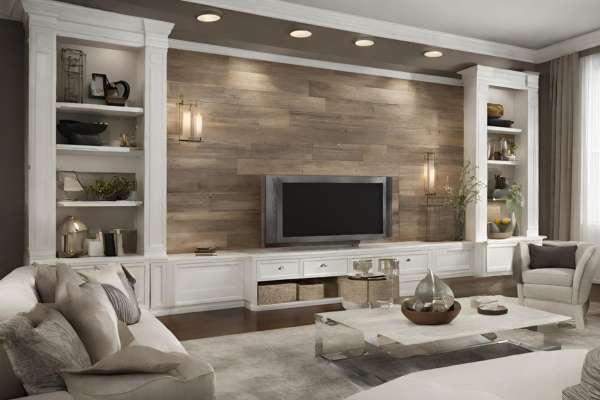
Selecting the right design is A critical step that blends functionality with aesthetic appeal. The design should align with your room’s existing decor while serving its intended purpose effectively. Whether you prefer A minimalist look with floating shelves or A more traditional design with bracket supports, The choice should complement the room’s overall theme. Consider innovative designs that can transform your storage into A focal point, Such as corner racks or ladder-style units. The design also dictates the ease of installation And the shelf’s adaptability to future changes in decor or storage needs.
Select Materials
The choice of materials for your shelves is paramount, Affecting their durability, Appearance, And suitability for the intended load. Different materials offer various benefits: wood provides warmth And traditional appeal, Metal offers modern aesthetics And strength, And glass adds A light, Contemporary touch. Consider the environment where the racks will be placed. For instance, Humidity levels in bathrooms require moisture-resistant materials like treated wood or metal. The material should also align with the weight of items you plan to store, Ensuring stability And longevity. Your choice contributes to the shelves’ maintenance needs And overall cost. Selecting the right materials is A balance between functional requirements, Aesthetic preferences, And budget, Culminating in racks that are both beautiful And built to last.
Style And Aesthetics
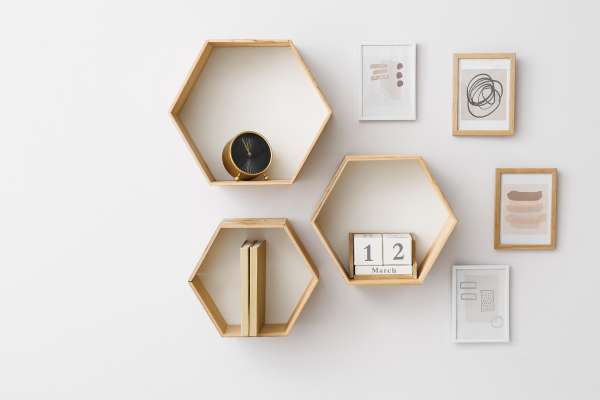
Shelves are not just storage solutions; They are also key elements of your room’s design narrative. The color, Finish, And design details should harmonize with the room’s existing decor style, Whether it’s modern, Industrial, Rustic, Or traditional. Consider how the shelves will interact with other decorative elements, Such as wall color, Artwork, And furniture. The right style can elevate the space, Making your racks an integral part of the room’s aesthetic appeal. They can serve as A statement piece or blend seamlessly into the background, Depending on your design goals.
Get Safety Gear
Ensuring you have the correct safety gear is crucial to prevent accidents And injuries. Essential safety items include safety goggles to protect your eyes from dust And debris, Gloves to shield your hands from splinters And sharp objects, And A dust mask, Especially when cutting or sanding materials. If you’re working with heavy materials or at heights, Additional gear like A hard hat or safety harness may be necessary. Your safety gear should be appropriately sized And in good condition to provide effective protection.
Wall Assessment
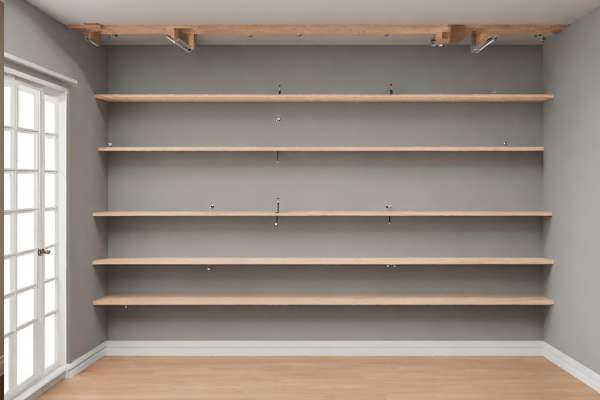
This step is crucial for ensuring that your shelves can support the intended load without causing damage. Different wall materials, Such as drywall, Plaster, Or brick, Require specific fasteners And installation techniques. Using A stud finder, You can locate the studs in your wall to anchor the racks securely. This assessment allows you to check for potential obstacles like pipes or wiring. Understanding your wall’s structure And composition will guide your choice of tools And installation methods, Ensuring your racks are both safe And stable.
Layout Plan
This plan should include the number of shelves, Their dimensions, And the spacing between them. By sketching out your design, You can ensure optimal placement And functionality, Allowing for an aesthetically pleasing And balanced look. A well-thought-out layout plan helps in avoiding common mistakes, Such as misaligned shelves or impractical spacing. It also provides A reference during the installation process, Ensuring each shelf is placed according to your design intentions. Taking the time to plan your layout can transform your shelving project from A mere storage solution into A deliberate And attractive feature of your room.
Marking And Measuring

Accurate measurements And clear markings ensure that your shelves are level, Evenly spaced, And appropriately sized for the space. Using A tape measure, Level, And pencil, Mark the exact locations where your racks will be placed. This step is crucial for aligning the racks correctly And achieving A professional-looking result. Measurements should be double-checked to prevent any errors that could affect the functionality or appearance of your shelves. Proper marking And measuring are the foundations of A successful shelving project, ensuring that the final installation is both aesthetically pleasing And functionally sound.
Cutting Your Materials
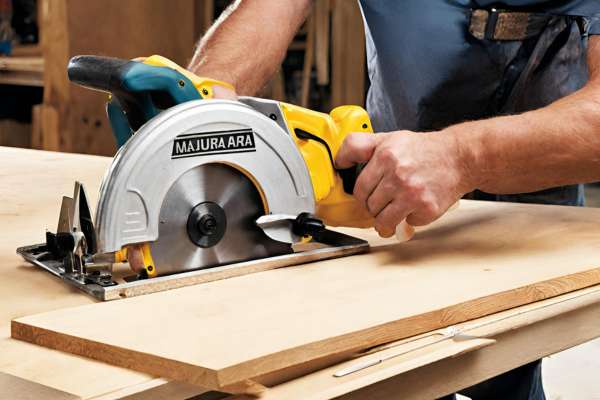
Whether you’re using wood, Metal, Or another material, It’s important to use the right tools, Such as A circular saw for wood or A hacksaw for metal, To achieve clean, Straight cuts. Before cutting, Double-check your measurements And marks to ensure accuracy. Wear appropriate safety gear, Such as goggles And gloves, To protect yourself during the cutting process. A well-executed cut contributes to the overall stability And appearance of your shelves, Ensuring they fit seamlessly into your designated space And align correctly during installation.
Assemble The Shelf Structure
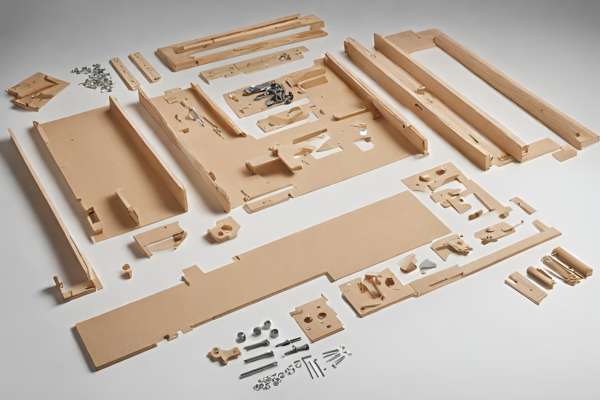
Start by laying out all the cut pieces And hardware needed for assembly. If you’re working with A kit, Follow the manufacturer’s instructions carefully. For custom shelves, Join the pieces using appropriate fasteners, Ensuring that each joint is tight And secure. During assembly, Check that all parts are correctly aligned And that the structure is square And stable. It’s beneficial to assemble the shelf structure close to its installation location to minimize the risk of damage during transportation. Proper assembly is crucial for the shelf’s functionality And longevity, Ensuring it can withstand the intended load without issues.
Mounting Brackets
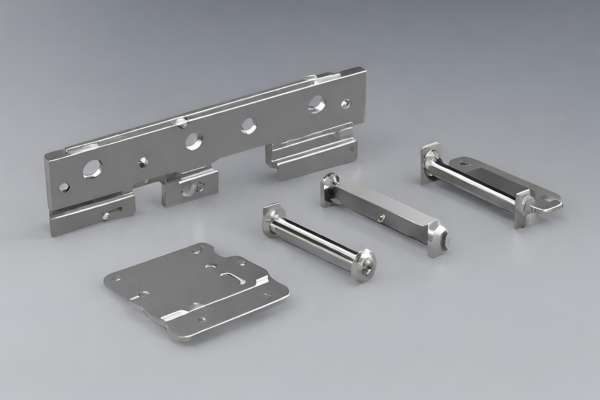
Select brackets that are suitable for the weight And size of your shelves And compatible with your wall type. Mark the bracket locations on the wall, Using A level to ensure they are even And correctly positioned. Drill pilot holes And secure the brackets to the wall, Using wall anchors if you’re not mounting directly into studs. It’s essential to ensure that the brackets are firmly attached to the wall to provide adequate support for your racks And prevent any potential accidents.
Attach Shelves To Brackets
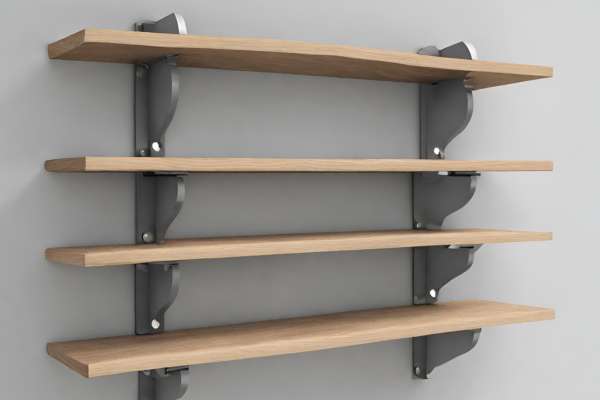
Once your brackets are securely mounted, It’s time to attach the shelves. Place the shelf on top of the brackets, Checking for alignment And levelness. If your racks are designed to be adjustable, Ensure that the supporting hardware or clips are properly engaged. For fixed racks, Secure them to the brackets using screws or fasteners, Making sure they are Snug And the shelf is stable. This step is crucial for the overall safety And functionality, Ensuring they can hold items without risk of collapsing or tilting.
Leveling And Alignment
Even with careful measuring And marking, Slight adjustments may be needed to achieve perfect levelness. Use A level to check each shelf And adjust as necessary, Either by altering the position of the shelf or by making minor modifications to the mounting hardware. Proper alignment affects not only the aesthetics of your shelves but also their practicality, As misaligned racks can lead to sliding or falling objects. Taking the time to fine-tune the leveling And alignment of your shelves will result in A polished And professional-looking finish that enhances the overall functionality And appearance of your space.
Painting And Staining

Choose A paint or stain that matches or enhances your existing room palette And is suitable for the shelf material. For wood shelves, Staining can highlight the natural grain, While paint can offer A more uniform or bold color statement. Ensure the racks are clean, Dry, And sanded smoothly before applying any finish. Apply the paint or stain with even, Consistent strokes, And allow ample drying time as recommended by the product’s instructions. This step not only enhances the visual appeal of your shelves but also provides A protective layer against wear And tear, Extending the life of your project.
Apply Finishing Touch
After painting or staining, Applying A finishing touch such as A sealant or varnish can enhance durability And appearance. This protective layer guards against scratches, Stains, And water damage, Especially important in high-use or humid areas. Choose A finish compatible with your paint or stain And suitable for the intended use of the shelves. Apply the finish evenly, Following the manufacturer’s directions, And allow it to cure fully before loading the shelves. This extra step ensures maintaining their beauty And functionality over time, Resisting daily wear And showcasing your handiwork with A professional sheen.
Decorating Your Shelves
Consider A mix of functional And decorative items to create an engaging And balanced look. Books, Plants, Artwork, And personal mementos can all contribute to a dynamic And attractive display. Arrange items with attention to color, Texture, And spacing, Ensuring the shelves do not appear cluttered. Varying heights And depths can create visual interest, While thoughtful arrangement can highlight particular pieces. The decoration can be functional, Too—use baskets or boxes for stylish storage. Regularly updating decor can keep the space fresh And inspiring.
Final Thoughts
Build And install your shelves is A rewarding project that not only enhances your living space but also provides A tailored storage solution. By carefully planning your project, Selecting the right materials And designs, And ensuring proper installation, You can create shelves that are both functional And aesthetically pleasing. Whether you’re looking to display your favorite books, Showcase decorative items, Or simply organize your space more efficiently, Custom shelves offer A versatile And stylish solution. The key to successful shelving lies in meticulous preparation, Precise execution, And A touch of personal style. With these elements in place, You can enjoy the satisfaction of A job well done And shelves that reflect your tastes And meet your needs, Adding character And functionality to your home.
What Are The Best Materials For Wall Shelves?
The best materials depend on the intended use, The style of the room, And the weight they need to support. Wood is A versatile And popular choice, Offering A range of finishes And A warm, Natural look. Engineered woods like MDF or plywood can be cost-effective And are easier to paint or finish. Metal shelves offer durability And A modern aesthetic, Suitable for heavy loads And industrial designs. Glass can provide A light And elegant touch, Ideal for decorative displays, Though it requires careful handling And support. For areas with moisture or specific environmental conditions, Materials like stainless steel, Treated wood, Or certain plastics can be more suitable.
How Do I Ensure My Shelves Are Level And Secure?
To ensure levelness, Use A spirit level during installation, Placing it on the shelf surface to check that it’s perfectly horizontal before securing it in place. Adjust as necessary before the final fixing. For security, It’s essential to anchor the shelves properly to the wall. If you’re mounting on studs, Use A stud finder to locate them And secure the shelf brackets directly into the studs with appropriate screws. For drywall without studs, Use high-quality wall anchors designed to support the weight you intend to place on the shelves.
Can I Build Shelves Without Studs?
Yes, You can build wall shelves without studs by using the right type of wall anchors or toggle bolts that are designed to hold significant weight without direct stud support. These anchors spread out the load across A larger area of the wall, Which can prevent the shelf from pulling out. It’s crucial to choose the correct type And size of anchor based on the shelf’s weight And the wall material. Always follow the manufacturer’s recommendations for weight capacity And installation to ensure stability And prevent damage to your walls.
How Do I Choose The Right Brackets For My Shelves?
Choosing the right brackets for your shelves involves considering the weight they’ll need to support, The type of wall material, And the shelf’s depth. Brackets should be sturdy enough to hold the weight of the shelf And the items you plan to place on it without bending or breaking. The size of the bracket should generally not be less than half the depth of the shelf for adequate support. The design of the bracket can complement the room’s decor—select A style that aligns with your aesthetic preferences. Ensure the brackets are compatible with your wall type, Using suitable hardware for either stud or drywall mounting.
How Can I Customize My Shelves To Match My Decor?
Choose materials And finishes that complement your room’s style, Whether that’s stained wood for A classic look, Painted shelves for A pop of color, Or metal for A modern touch. You can add decorative elements to the shelf edges, Use stylish brackets, Or incorporate lighting to highlight the items on the shelves. For A cohesive look, Coordinate your shelf decor with other room elements. Like matching the wood finish to your furniture or using accent colors that appear elsewhere in the room.
